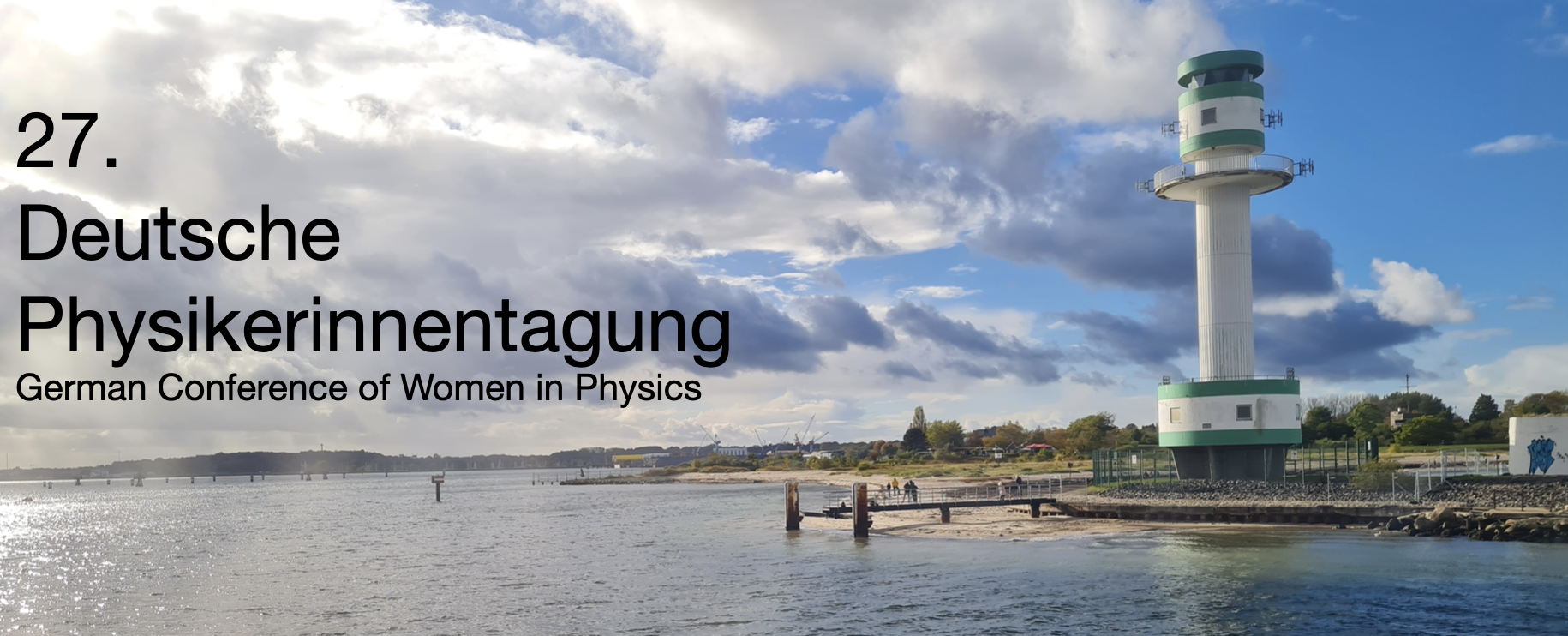Speaker
Description
To achieve a deeper understanding of biological processes, including immune defense and membrane remodeling, it is most important to study the interaction between proteins and the membrane. In our study, we deal with lysozyme (LYZ), which is a cationic antimicrobial protein. We would like to show the mechanism of interaction with a cell membrane and how it influences the physical and chemical characteristics of a membrane. We performed Langmuir trough experiments in order to find out the surface pressure–area (π–A) isotherms of DPPC and POPC lipid monolayers. The monolayers were subsequently modified with incorporated cholesterol at 15 and 30 mol% concentrations to mimic different model membranes. Lysozyme was incorporated into the water subphase, beneath the monolayer at low concentrations of 1, 10, and 100 mg/L.
Our results show that lysozyme greatly modulates the lipid monolayer behavior even at very dilute concentrations of only a few millimolar. Langmuir isotherm studies show that lysozyme adsorption or partial insertion into the lipid interface is highly occupied by electrostatic attraction to polar headgroups. Adsorption is reduced when lysozyme is mixed with cholesterol. Lysozyme can interact with both fluid and condensed membrane environments. These observations confirm that lysozyme is highly surface active in membrane surfaces and demonstrate its role in membrane breakdown, microbial protection, and in identifying specific lipid types. The study simplifies understanding how small amounts of proteins can influence membrane structure at the molecular level.

